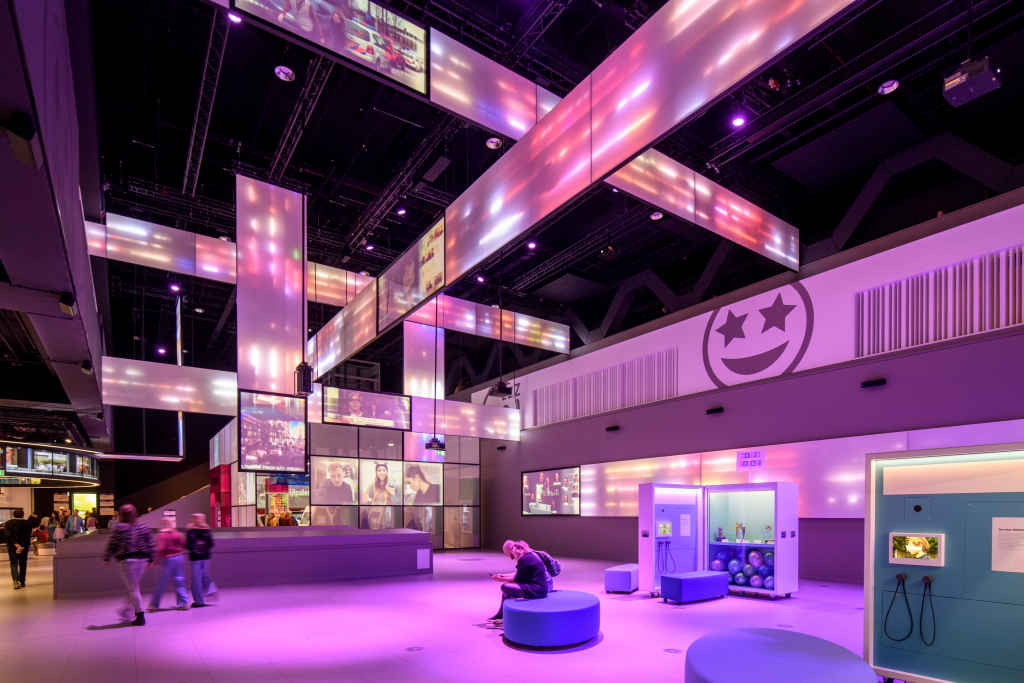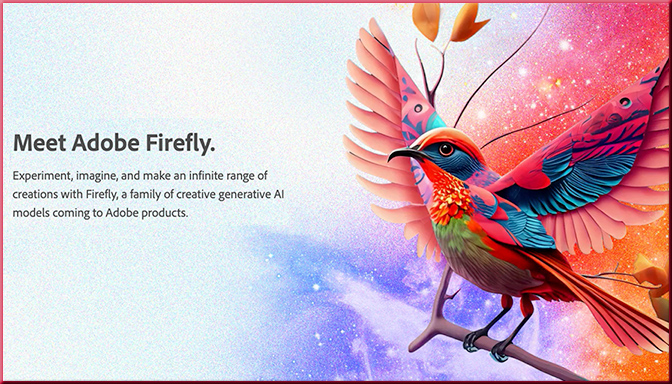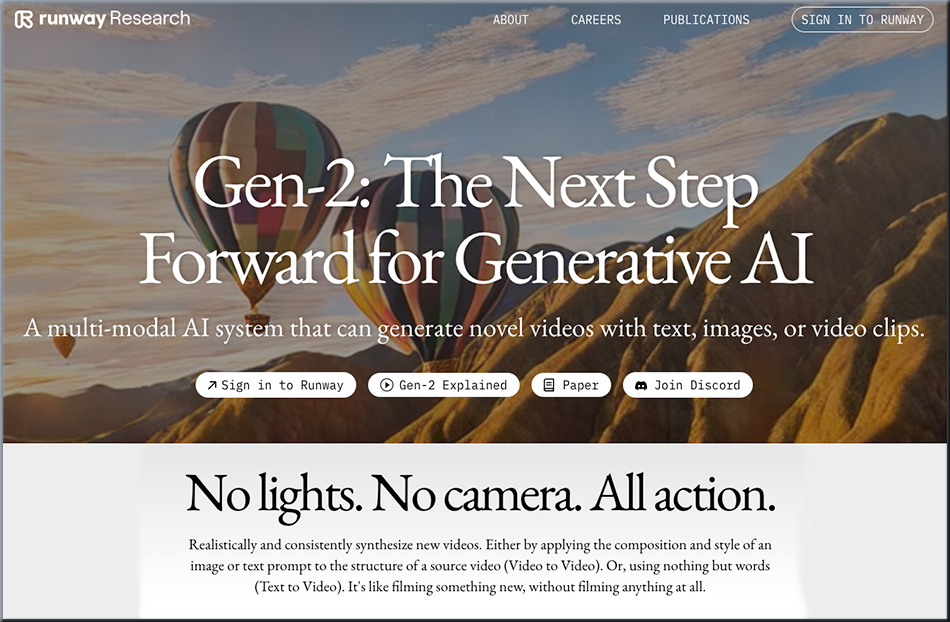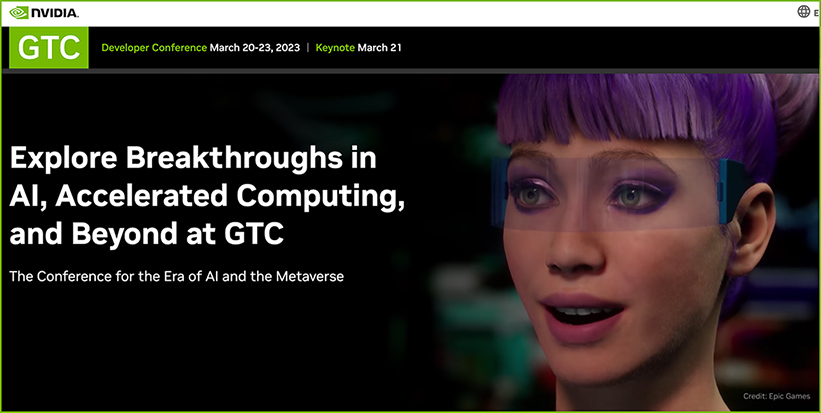Why L&D should be at the forefront of the AI revolution — from managementtoday.co.uk by Bill Borrows
AI means that 50% of all employees will need reskilling or upskilling by 2025, according to the World Economic Forum.
Excerpt (emphasis DSC):
Ernst and Young dug a little deeper. “Today’s disruptive working landscape requires organisations to largely restructure the way they are doing work,” they noted in a bulletin in March this year. “Time now spent on tasks will be equally divided between people and machines. For these reasons, workforce roles will change and so do the skills needed to perform them.”
The World Economic Forum has pointed to this global skills gap and estimates that, while 85 million jobs will be displaced, 50% of all employees will need reskilling and/or upskilling by 2025. This, it almost goes without saying, will require Learning and Development departments to do the heavy-lifting in this initial transformational phase but also in an on-going capacity.
“And that’s the big problem,” says Hardman. “2025 is only two and half years away and the three pillars of L&D – knowledge transference, knowledge reinforcement and knowledge assessment – are crumbling. They have been unchanged for decades and are now, faced by revolutionary change, no longer fit for purpose.”
ChatGPT is the shakeup education needs — from eschoolnews.com by Joshua Sine
As technology evolves, industries must evolve alongside it, and education is no exception–especially when students heavily and regularly rely on edtech
Key points:
- Education must evolve along with technology–students will expect it
- Embracing new technologies helps education leverage adaptive technology that engage student interest
- See related article: AI tools are set to impact tutoring in a big way
My department asked me to give a brief talk about #GPT to them to help folks learn more about what’s going on. Here are my #tips in distilled form.
— Andrew Piper (@_akpiper) June 5, 2023
Welcome to the new surreal. How AI-generated video is changing film. — from technologyreview.com by Will Douglas Heaven
Exclusive: Watch the world premiere of the AI-generated short film The Frost.
.
BEST 40 AI artists you need to follow now?? pic.twitter.com/t7WiXORhE2
— Rushik (@hey_rushik) June 2, 2023
The Future Of Education – Disruption Caused By AI And ChatGPT: Artificial Intelligence Series 3 Of 5 — from forbes.com by Nicole Serena Silver
Here are some ways AI can be introduced at various age levels
























